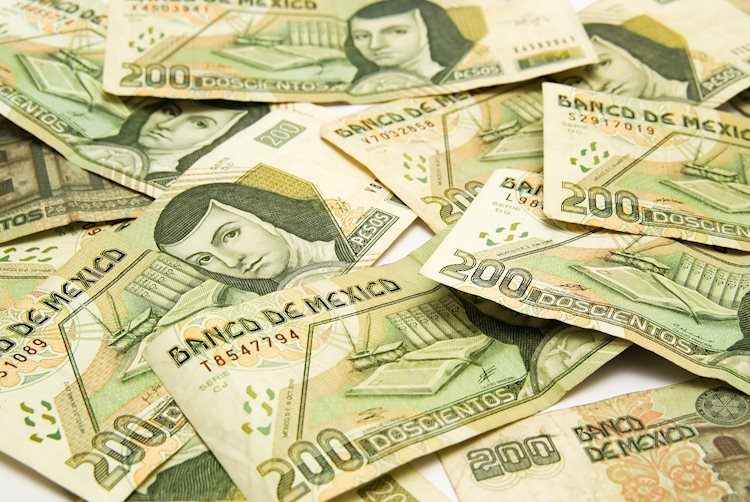The Mexican Peso has fallen to a six-week low against the US Dollar as former President Donald Trump leads the polls in the upcoming US election. Trump’s threat of imposing a 200% tariff on Mexican cars has added to the pressure on the currency. There are also growing concerns about a constitutional crisis in Mexico after President Sheinbaum defied a court ruling to remove a judicial reform decree.
As investors shift their focus to economic data from both Mexico and the US, upcoming figures on Retail Sales and inflation will be closely watched. The financial markets are currently awaiting the outcome of the US election, with polls indicating a tightening race and Trump gaining momentum. This has created uncertainty in the market and contributed to the Mexican Peso’s decline.
On the Mexican front, President Sheinbaum’s refusal to comply with the court ruling has raised concerns about a potential constitutional crisis. The decree validating the judicial reform has not been removed from the Mexican official gazette, further exacerbating the situation. The absence of economic data on both sides of the border has left investors digesting China’s stimulus measures to boost the economy.
Looking ahead, Mexico’s economic schedule is expected to be busy with the release of the Economic Activity indicator, Retail Sales, and Mid-Month Inflation for October. Meanwhile, in the US, Fed speakers, jobs data, and S&P Global Flash PMIs are likely to influence the direction of the USD/MXN currency pair. The International Monetary Fund (IMF) has projected slower economic growth for Mexico, with inflation expected to hit Banxico’s 3% goal by 2025.
The technical outlook for the USD/MXN pair shows a bullish bias, with the possibility of testing the year-to-date high at 20.22 in the near term. Momentum remains positive, as indicated by the Relative Strength Index (RSI). If the USD/MXN surpasses the September 5 high at 20.14, the next resistance level would be the YTD high at 20.22. Conversely, a drop below 20 could lead to support levels at 19.64 and 19.61, with further downside targets at 19.10 and 19.00.
In the world of financial jargon, terms like “risk-on” and “risk-off” refer to the level of risk that investors are willing to take during a specific period. During a “risk-on” market, investors are optimistic about the future and more willing to buy risky assets, while in a “risk-off” market, they tend to play it safe and opt for less risky assets. Different currencies and assets tend to perform differently during these market conditions, with some currencies benefiting from increased risk appetite, while others shine in times of uncertainty.































